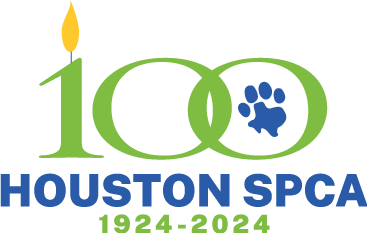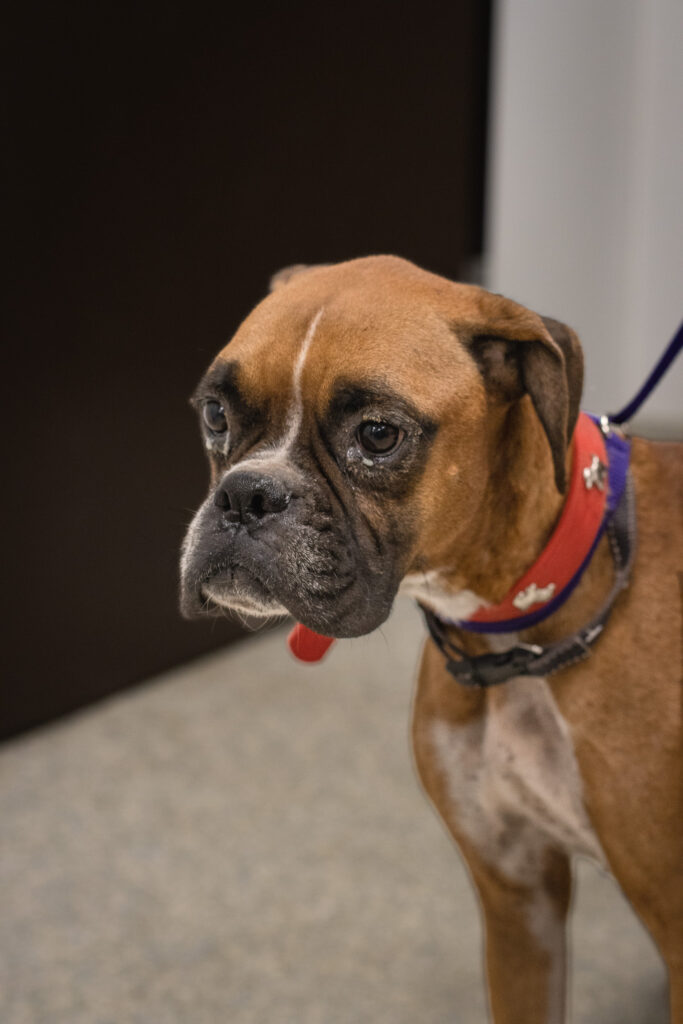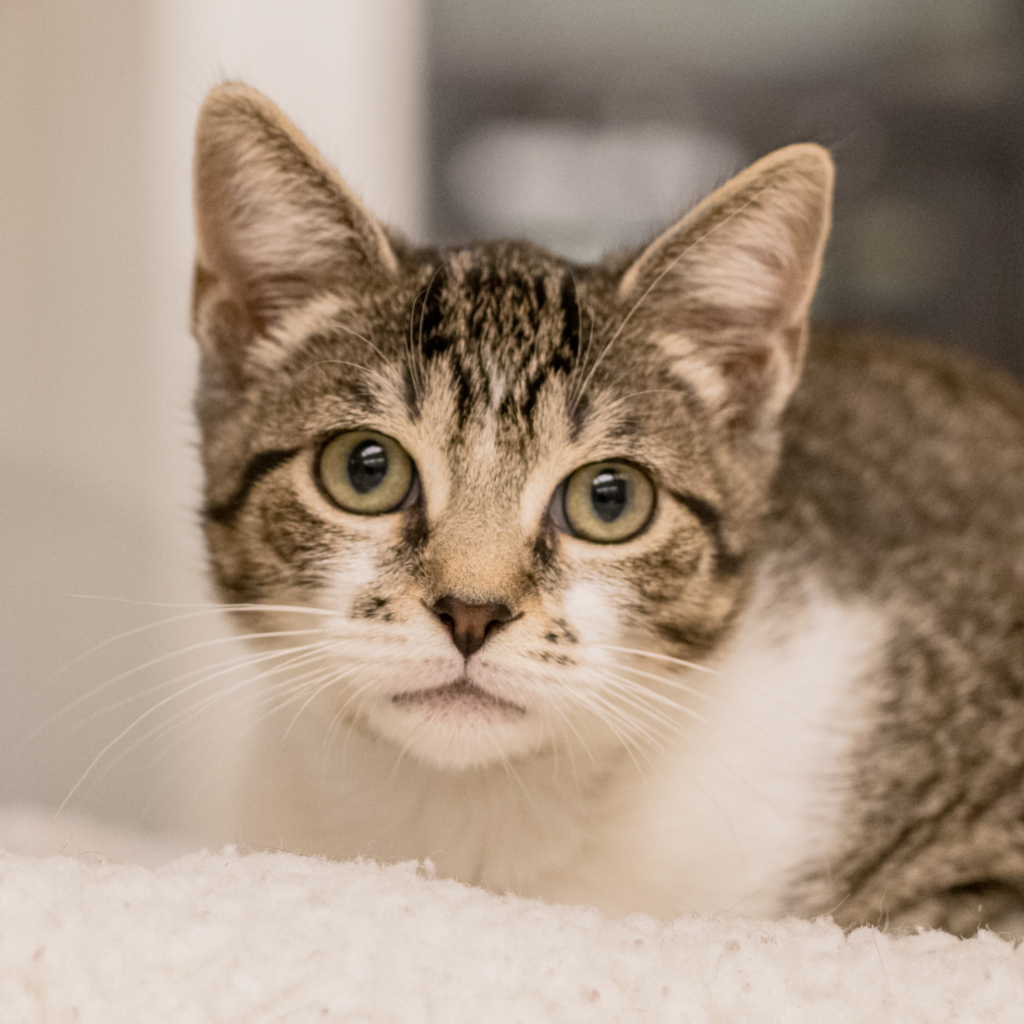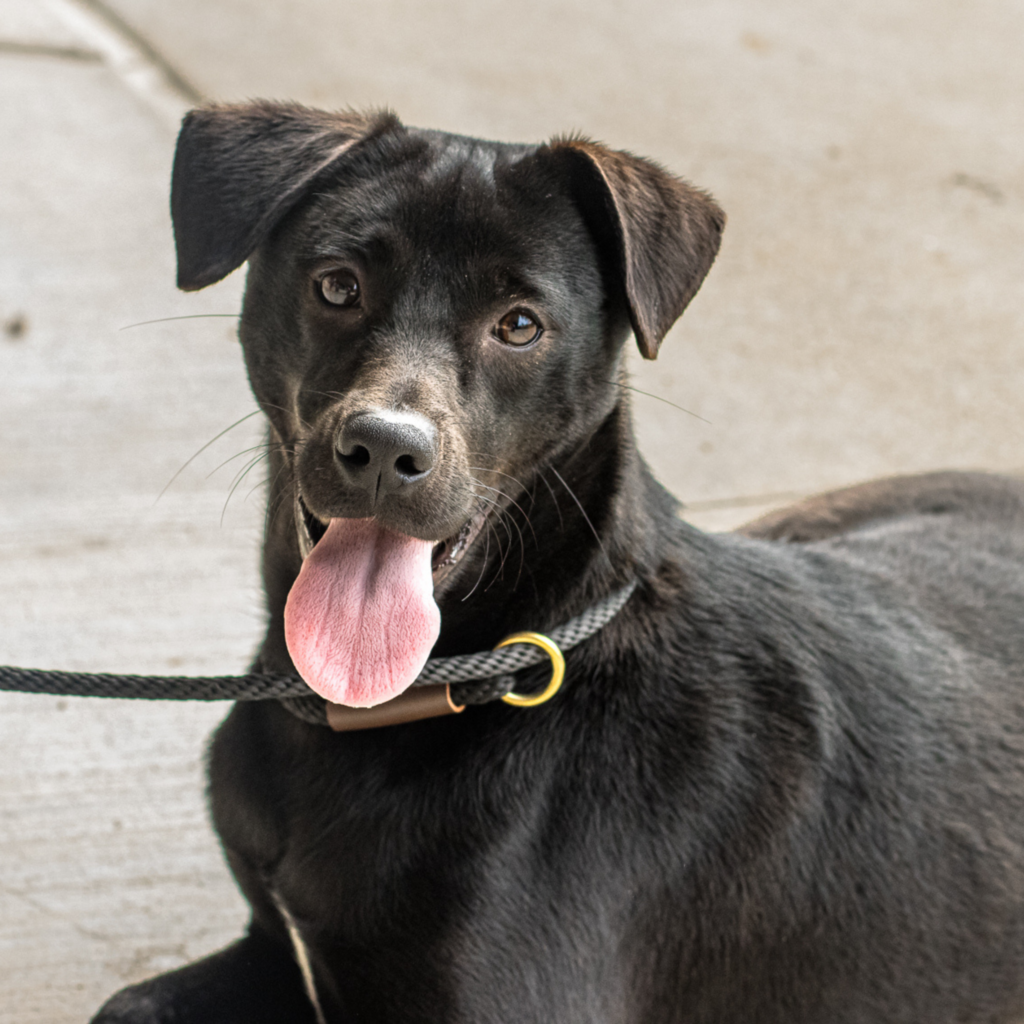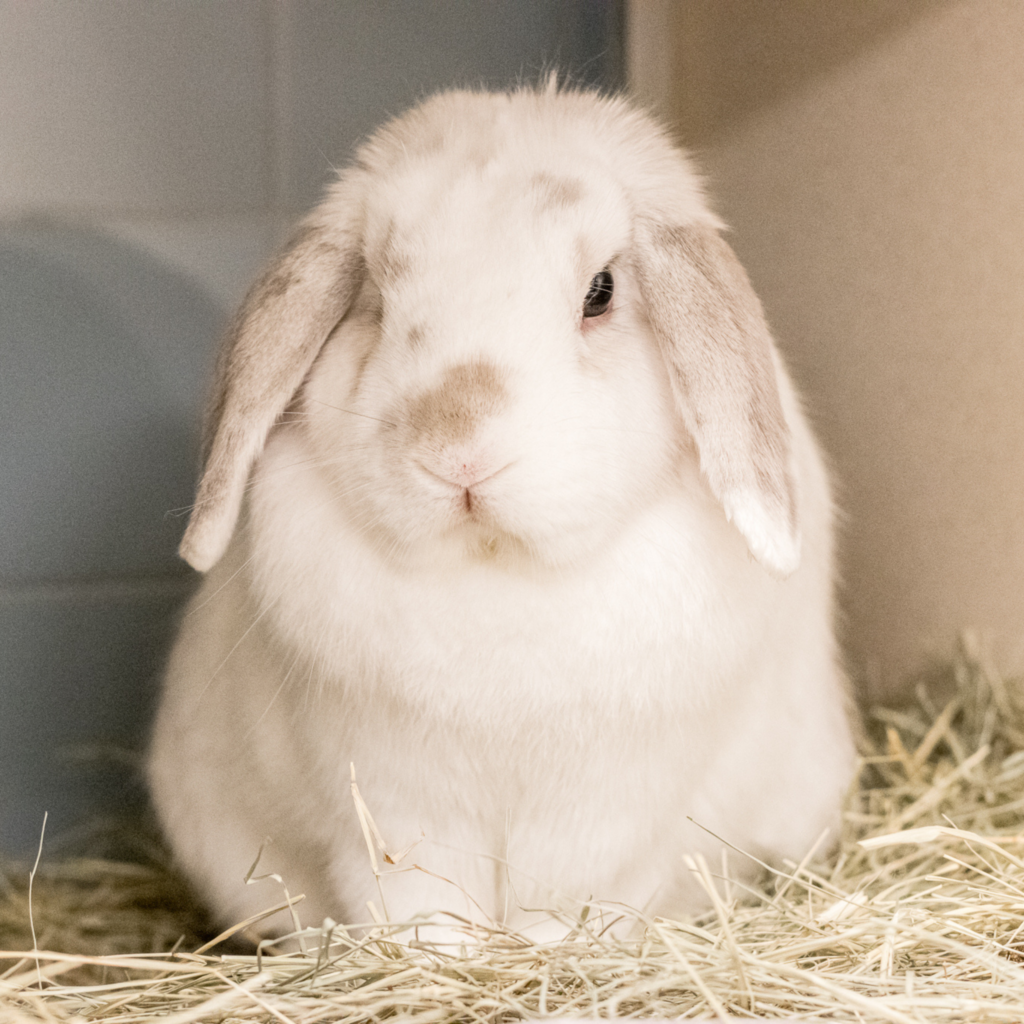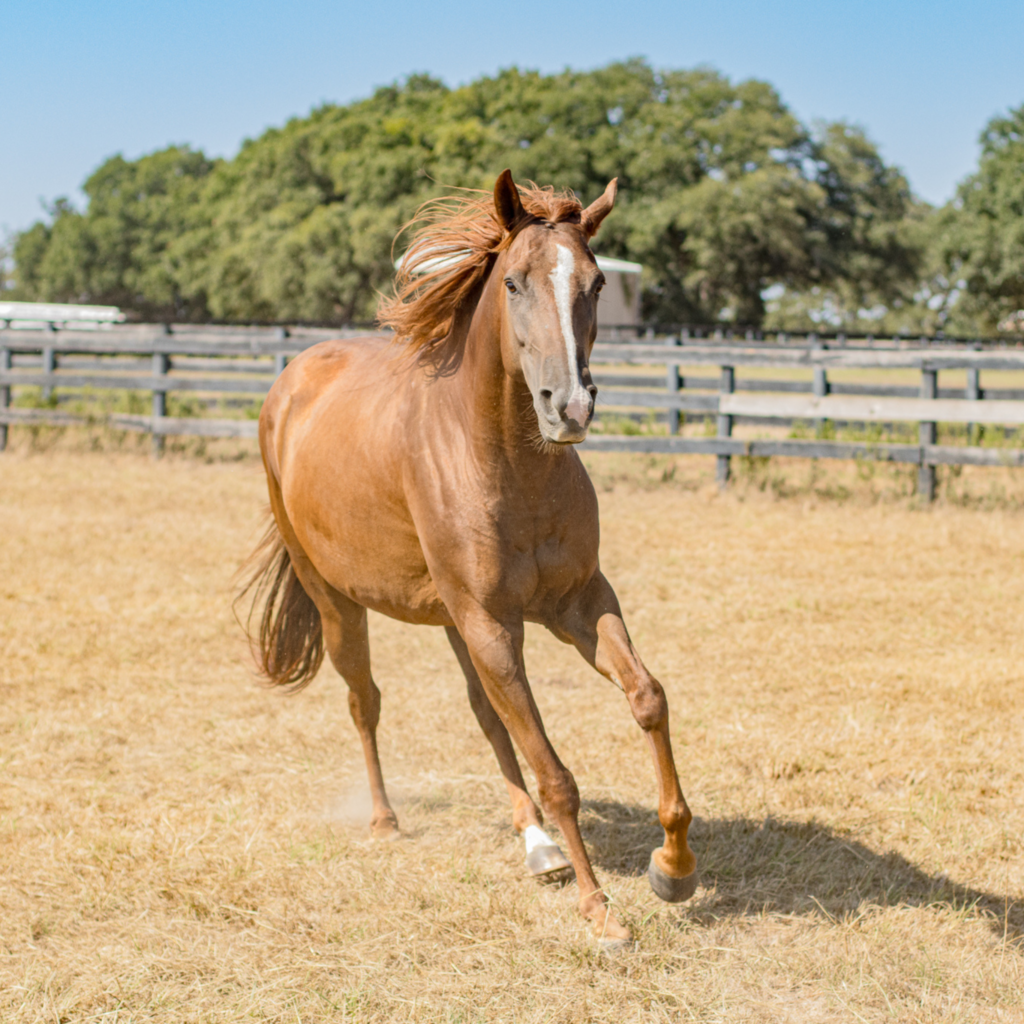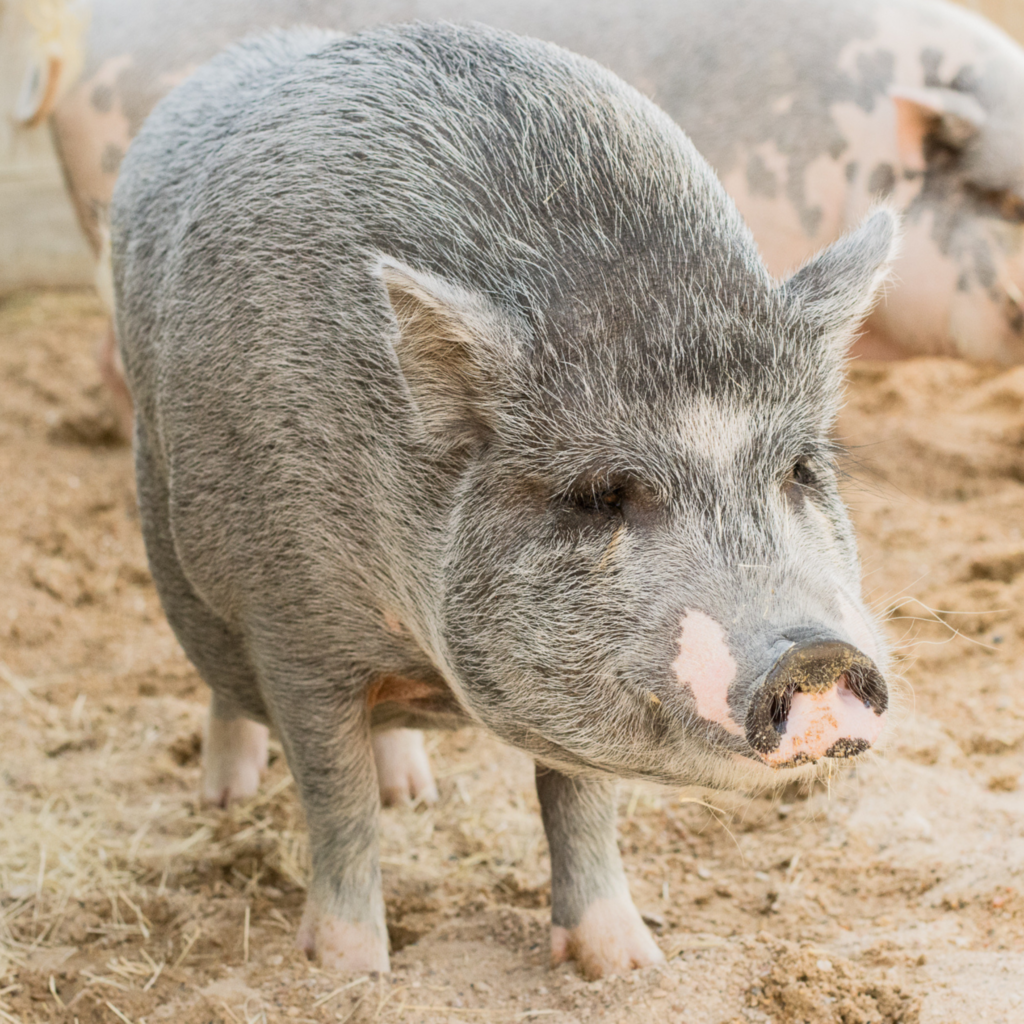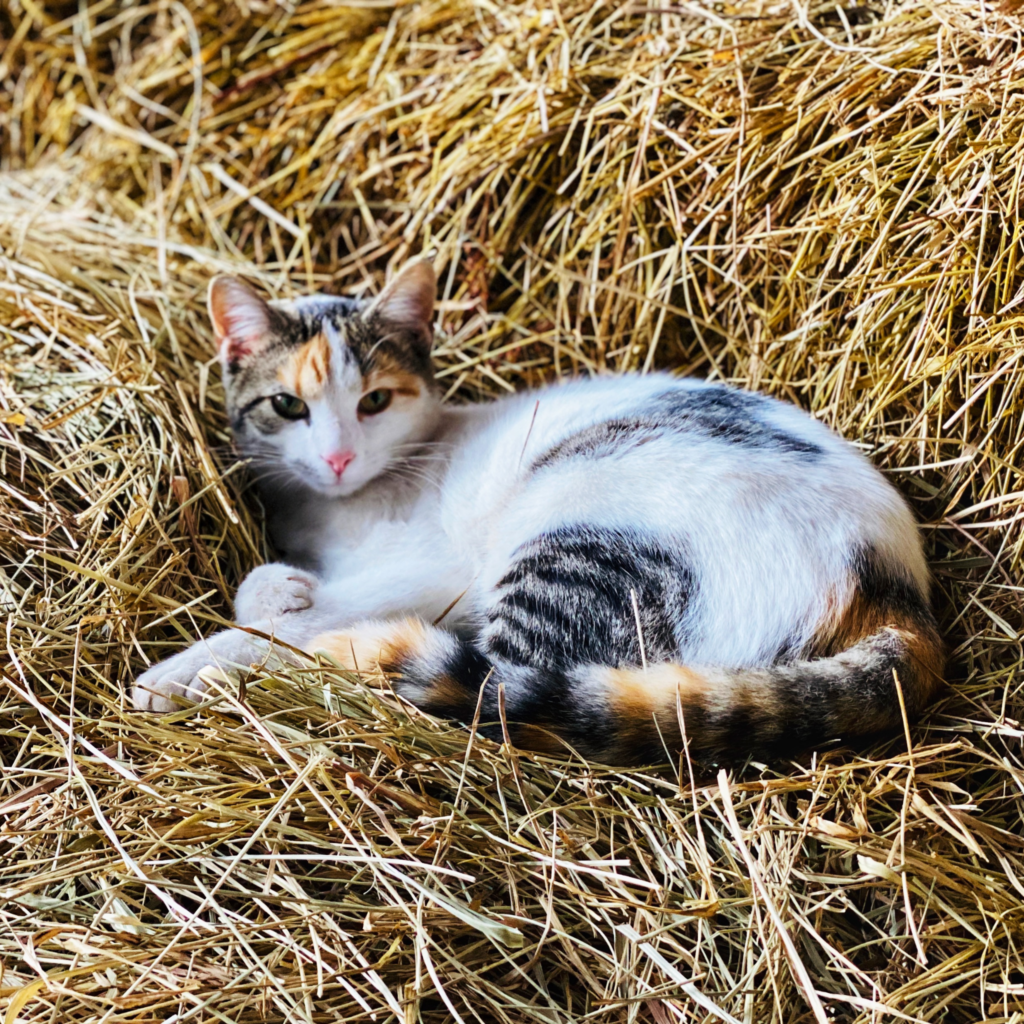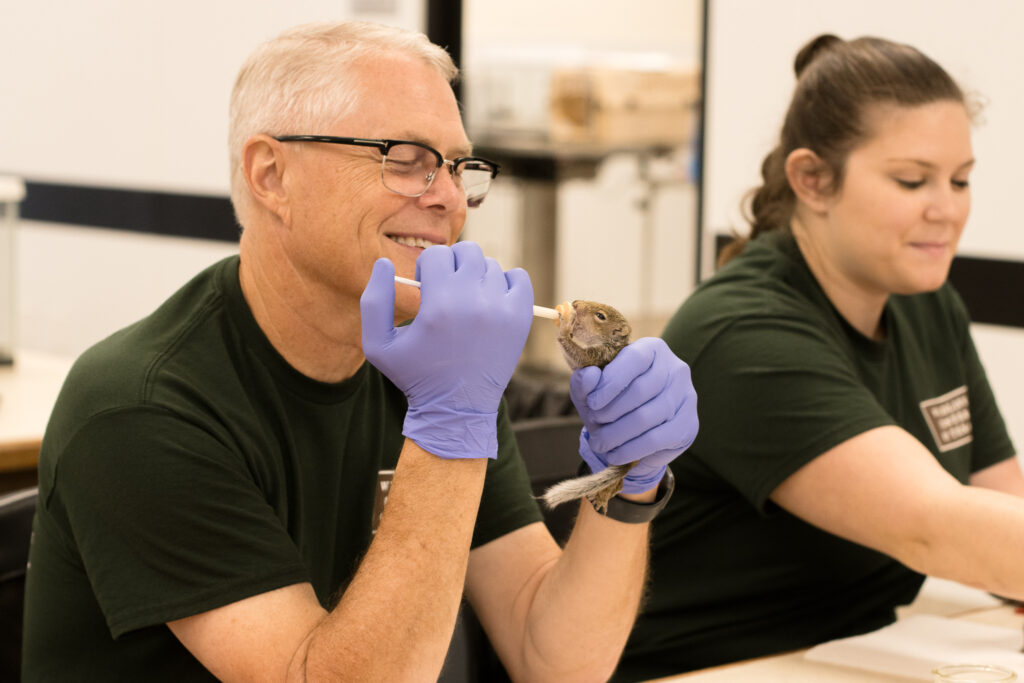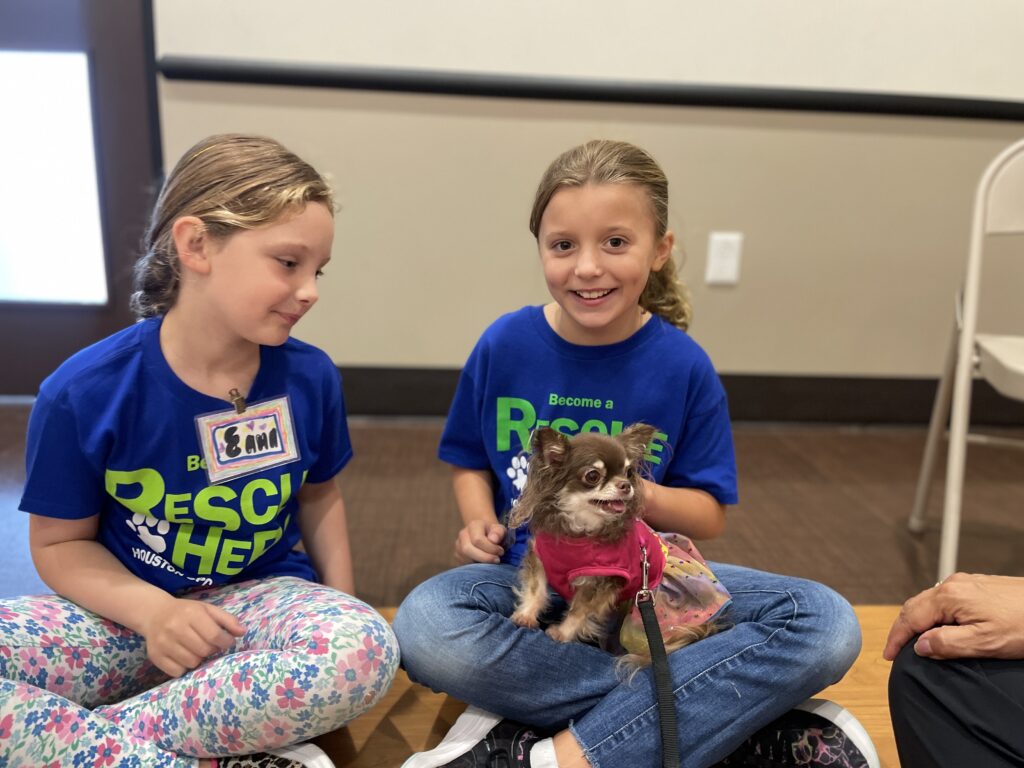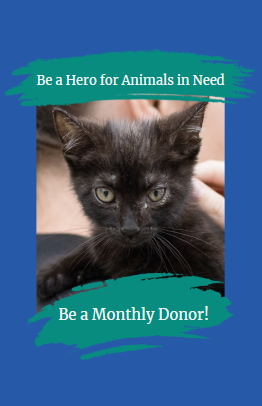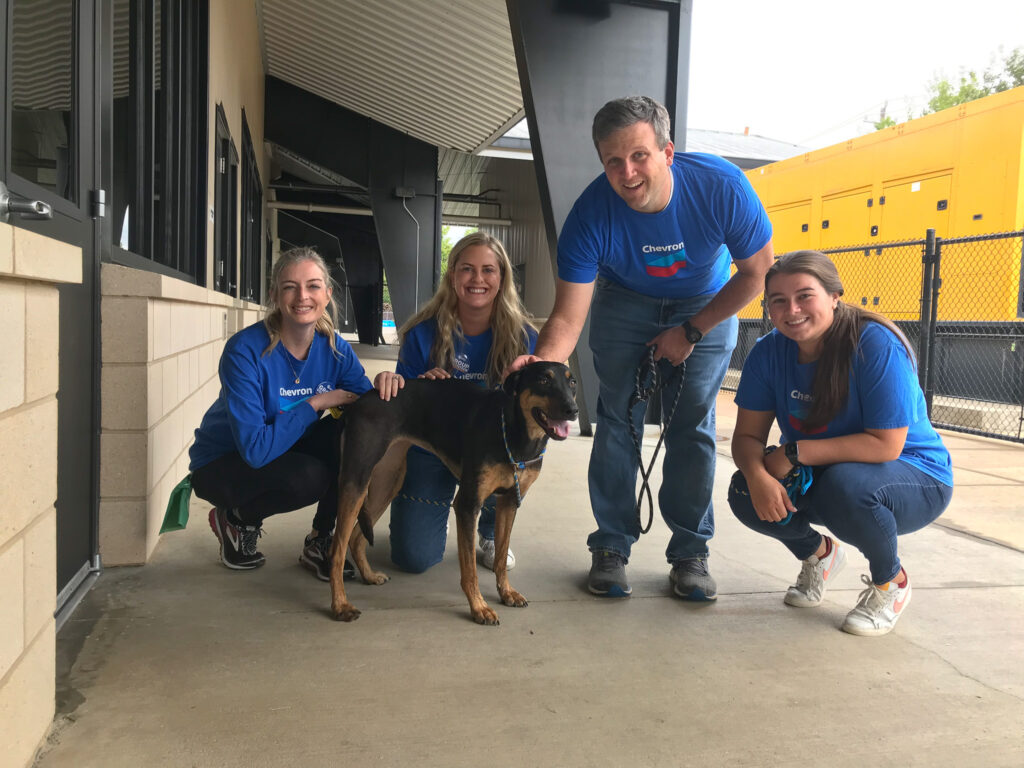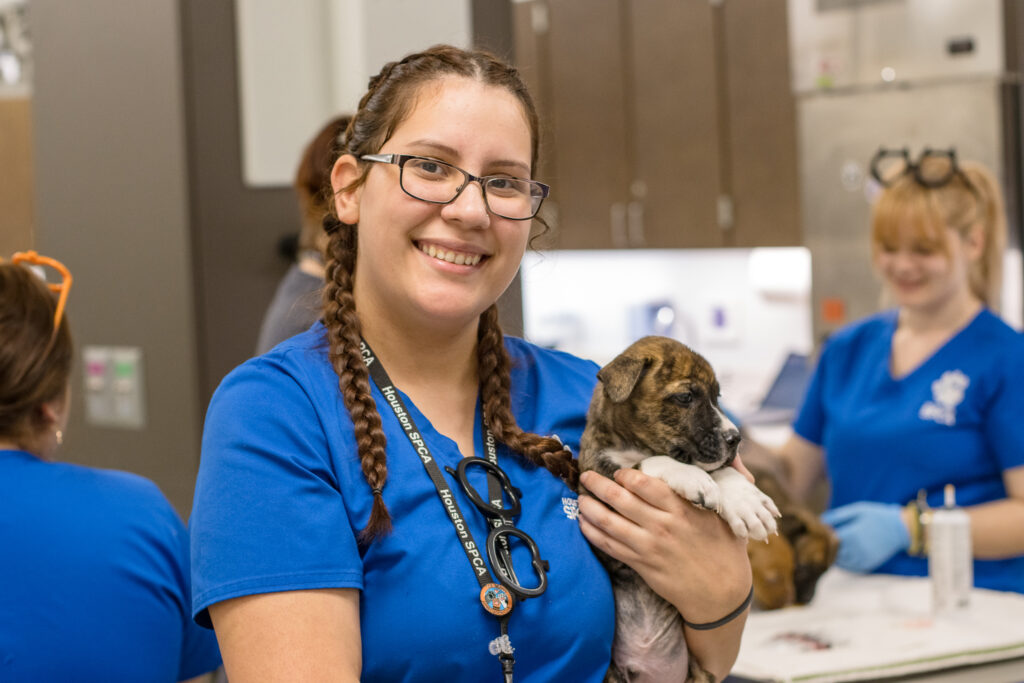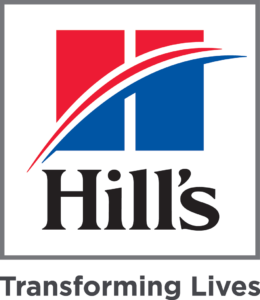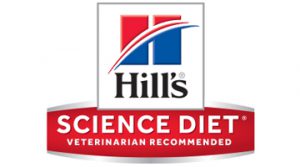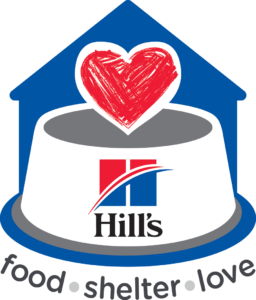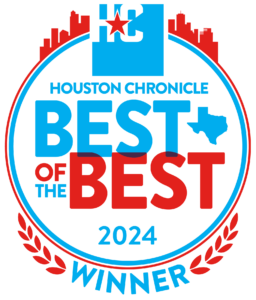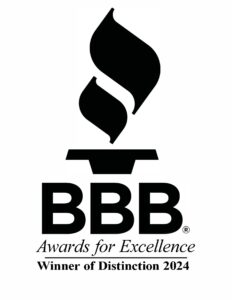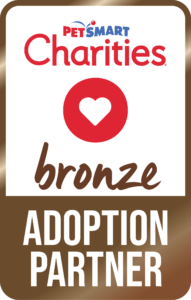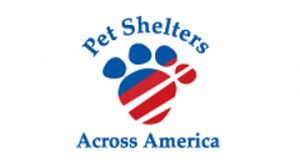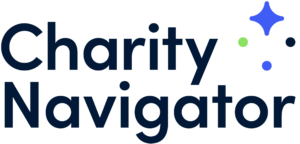Houston SPCA's Wildlife Center
Rehabilitate,
Educate,
Conserve
One of the most comprehensive wildlife rehabilitation centers in the nation, serving more than 16,000 native wildlife annually.
Donate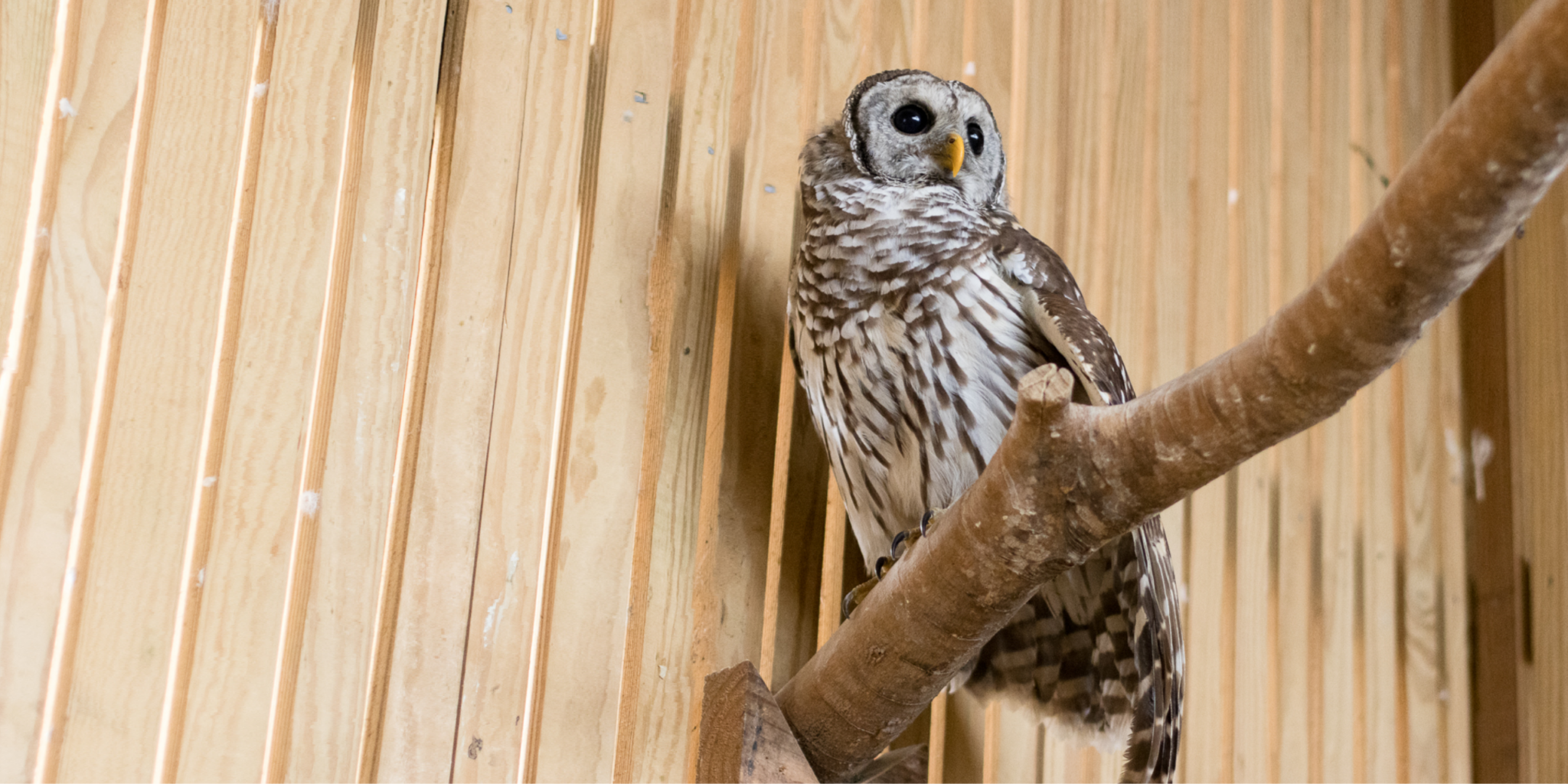
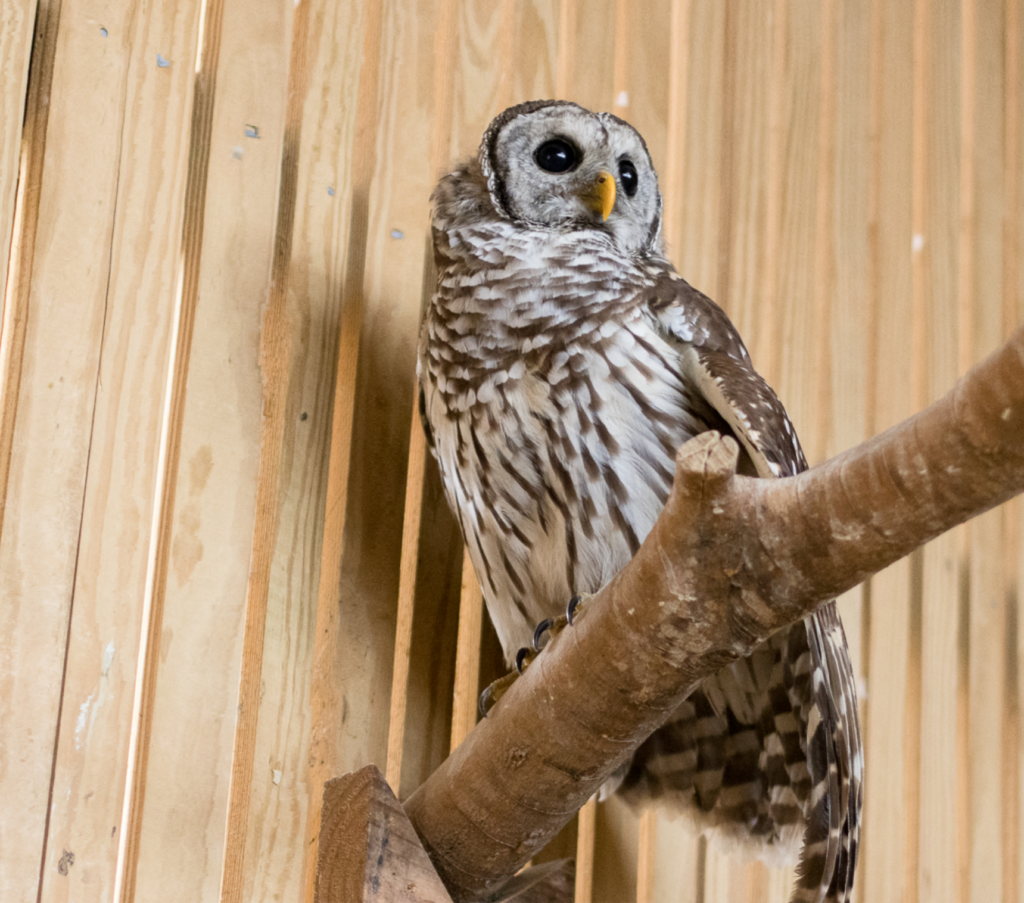
Helping Wildlife in NEED
At Houston SPCA's Wildlife Center, providing emergency lifesaving care to injured, ill, and orphaned native wildlife is just the beginning. Our team works tirelessly to provide short-term and long-term rehabilitation with the ultimate goal of releasing these patients back to the wild. Each animal is provided individualized care in our state-of-the-art facility by experienced state and federally-permitted wildlife rehabilitators and veterinarians. From Osprey to opossums, lifesaving efforts remain a top priority.
Wildlife Trauma and Rehabilitation Center
The Houston SPCA’s Wildlife Center is Houston’s only trauma and wildlife rehabilitation center that treats all injured, sick, or orphaned native Texas wildlife species, and turns away no animal in need.
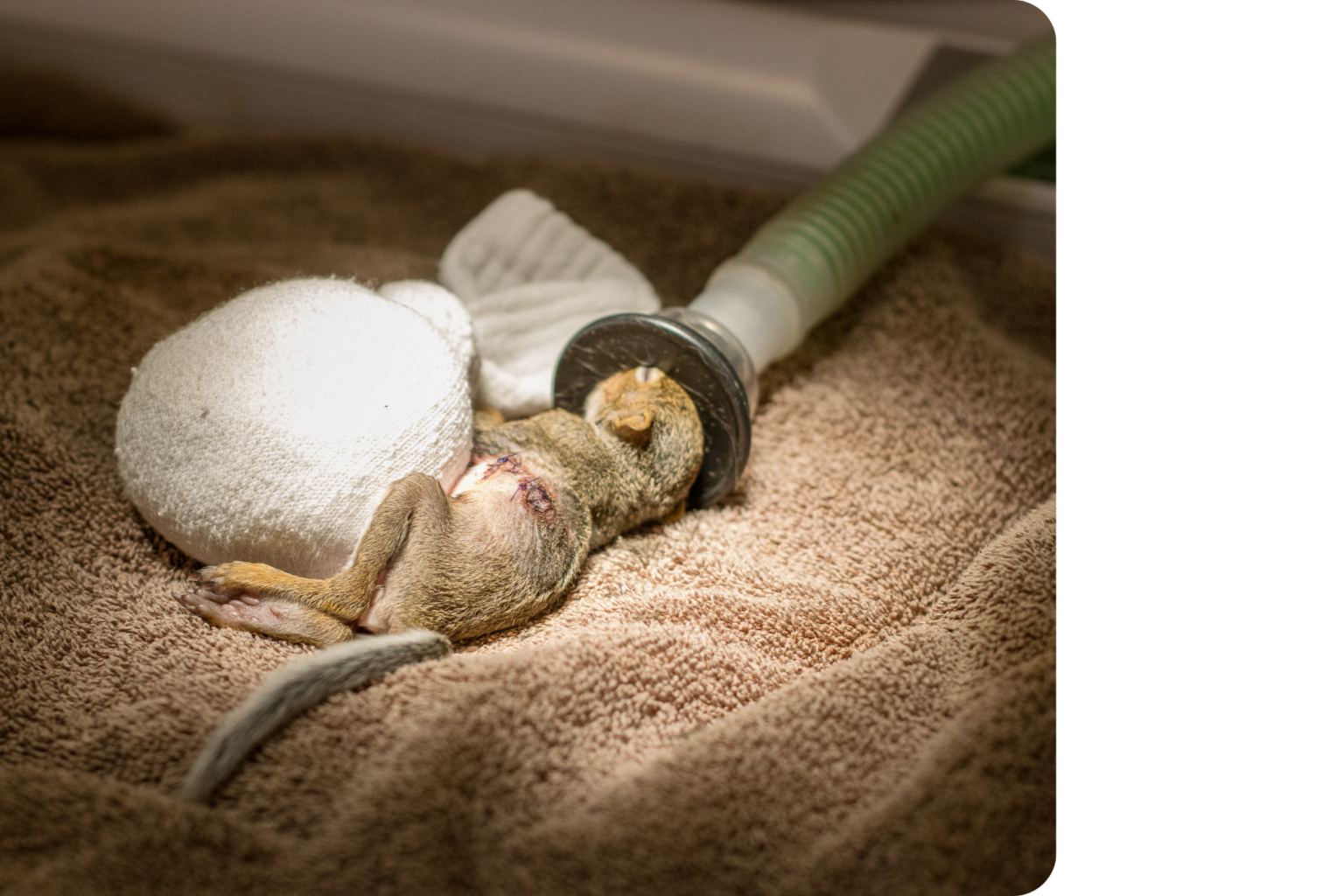
Volunteer Opportunities
Houston SPCA’s Wildlife Center has many volunteer opportunities, including direct animal care, community education, and special events.
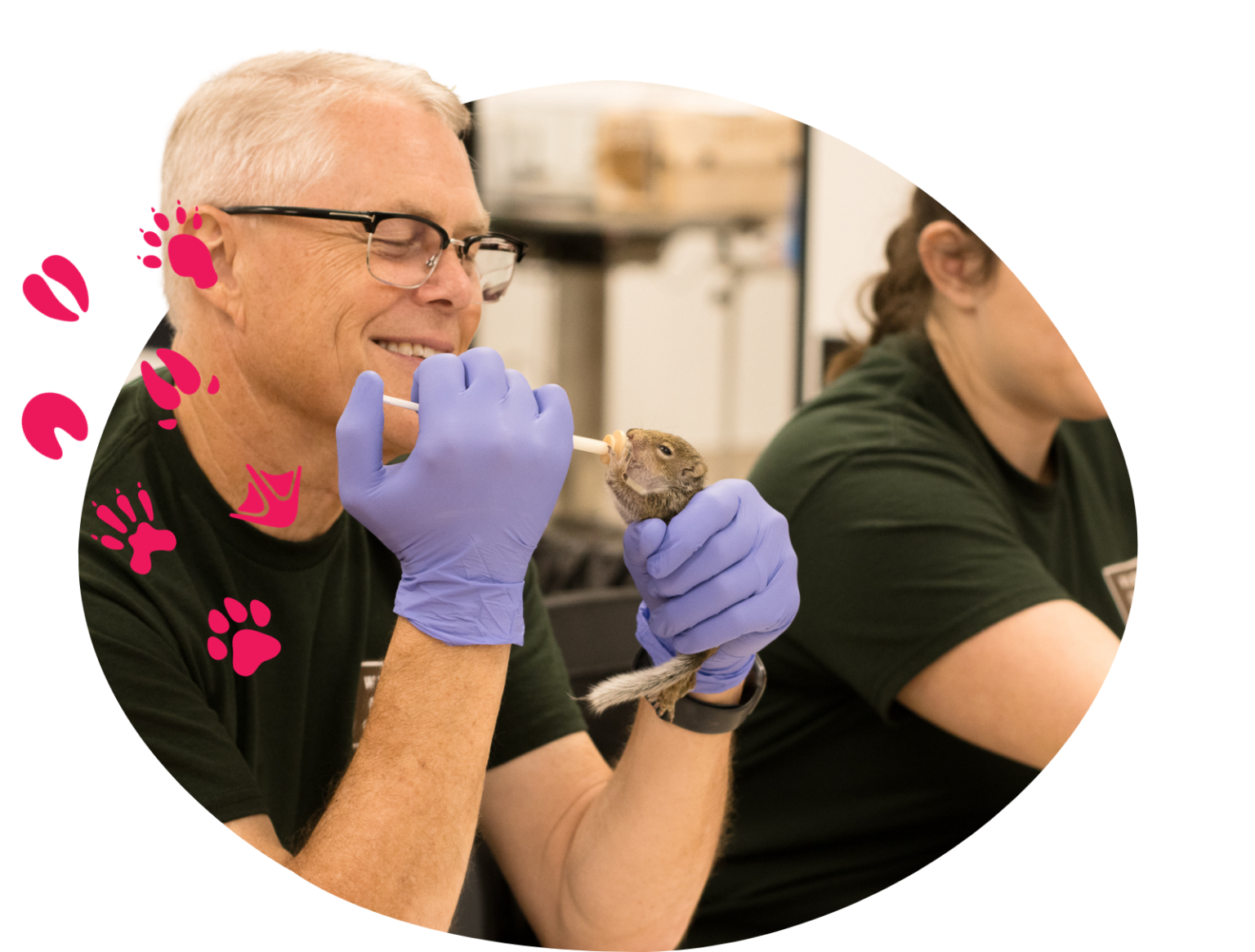
Wildlife Emergency Response
The staff and volunteers of the Houston SPCA’s Wildlife Center are fully trained and ready to mobilize during any natural or man-made disasters involving wildlife. Our Center’s state-of-the-art facilities allow quick response to emergencies, including hurricanes, droughts, and wildfires.
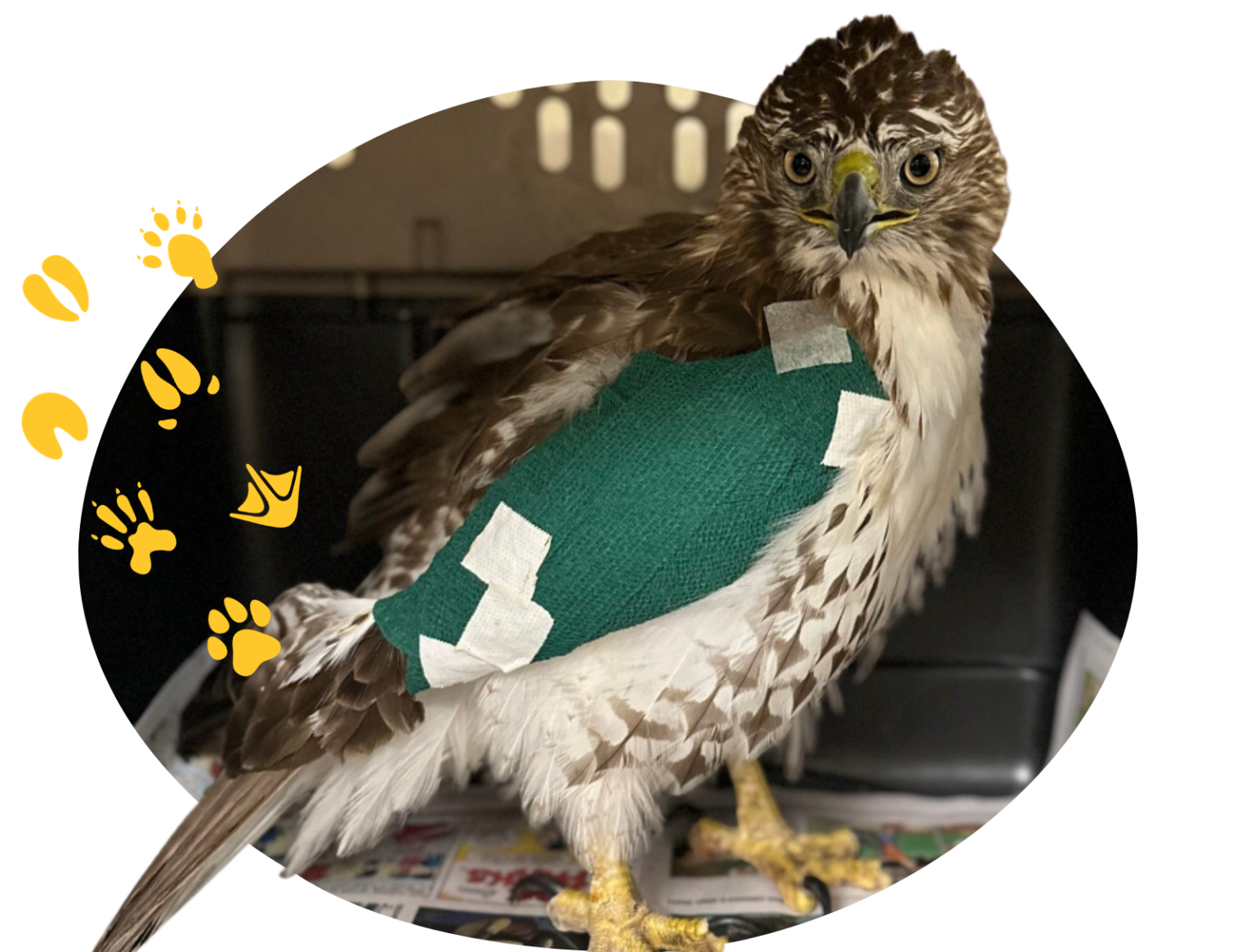
Wildlife Education Programs
The Houston SPCA’s Wildlife Center offers on and offsite presentations that promote the importance of responsible environmental stewardship to children and adults, schools, and civic groups.
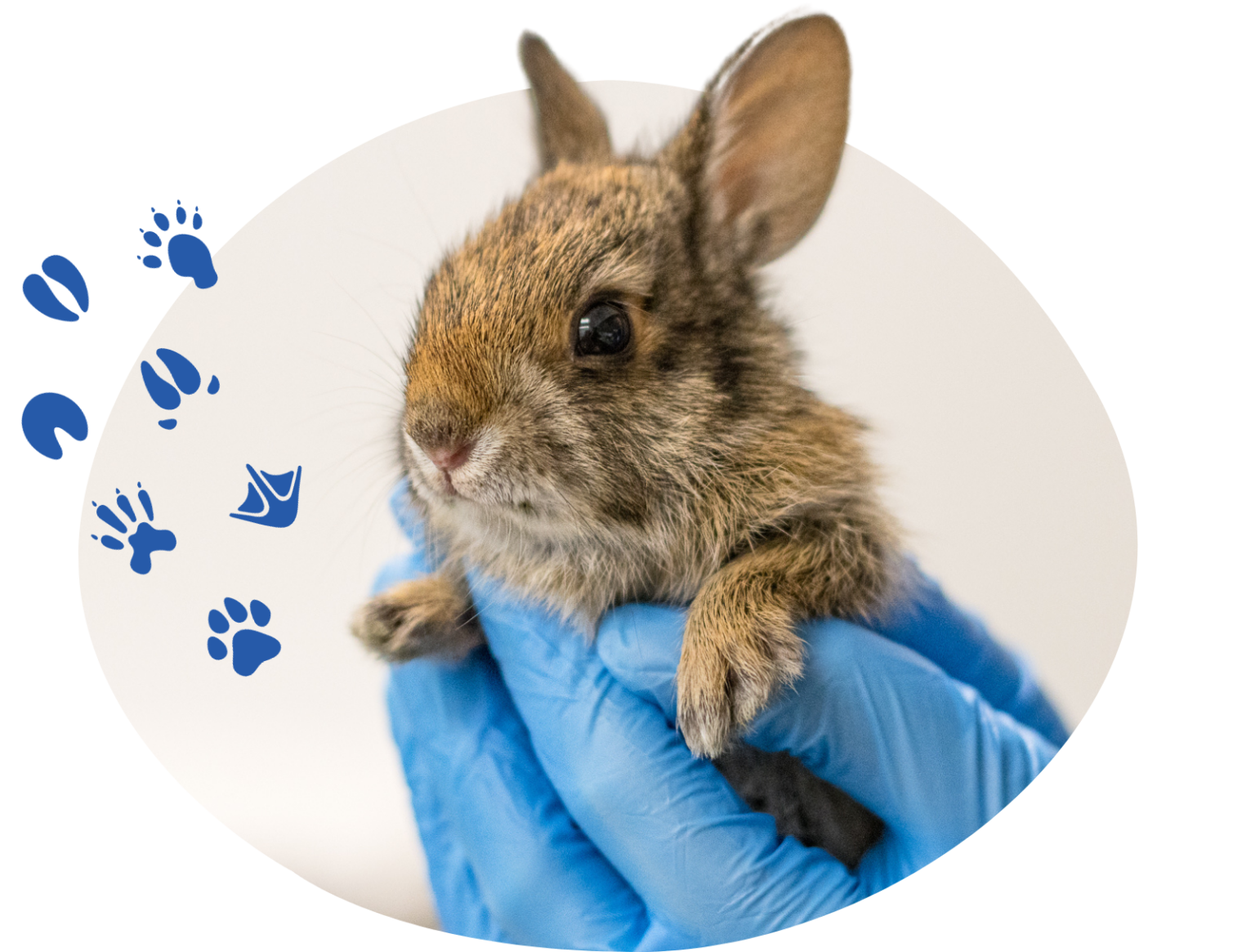
Meet Our Ambassadors
Our Wildlife Ambassadors give people an up-close and personal learning experience with native Texas wildlife. We are grateful to have this very special tool to promote wildlife education and peaceful coexistence. It is illegal to keep any protected species of wildlife, but special education permits obtained by our Wildlife Center from the state and federal governing agencies allow us to keep these animals in our care as ambassadors for educational purposes. Our ambassadors are all non-releasable animals that would be unable to survive in the wild but are well-suited to life in captivity.
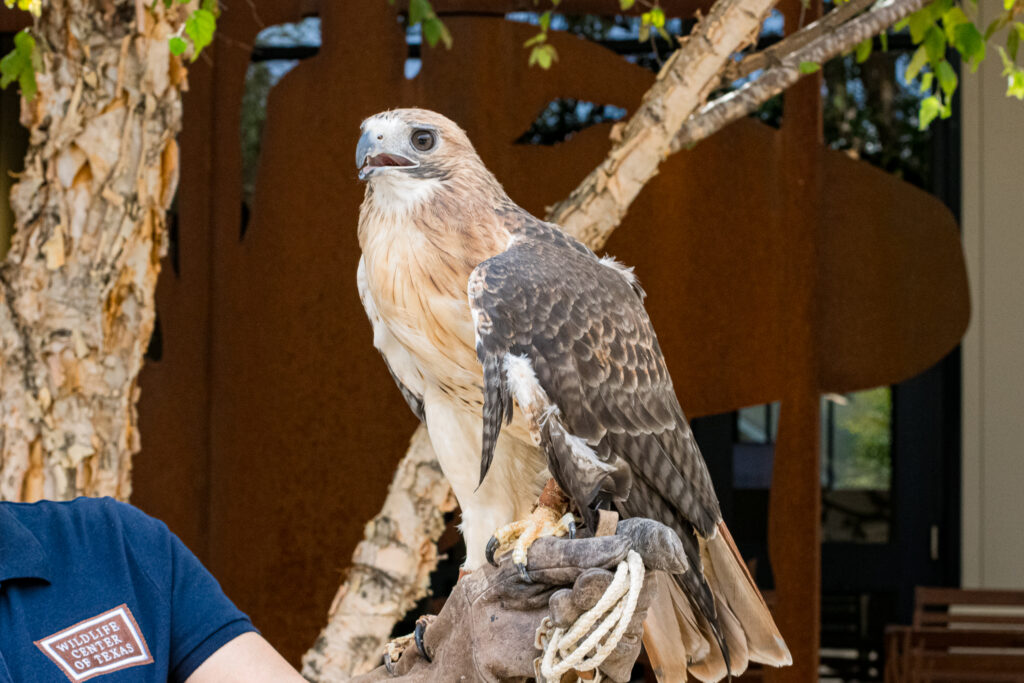
Red-Tailed Hawk
The Red-tailed Hawk was brought to the Houston SPCA’s Wildlife Center in 2007 after being hit by a car, resulting in a fractured left wing. The injury was too severe for the wing to be repaired, rendering the hawk unable to fly again. Due to head trauma from the incident, the hawk has developed a calm temperament, making him an ideal candidate for the center’s ambassador program. Currently, visitors to the center have the opportunity to interact closely with this impressive raptor, which also plays a prominent role in their educational presentations.
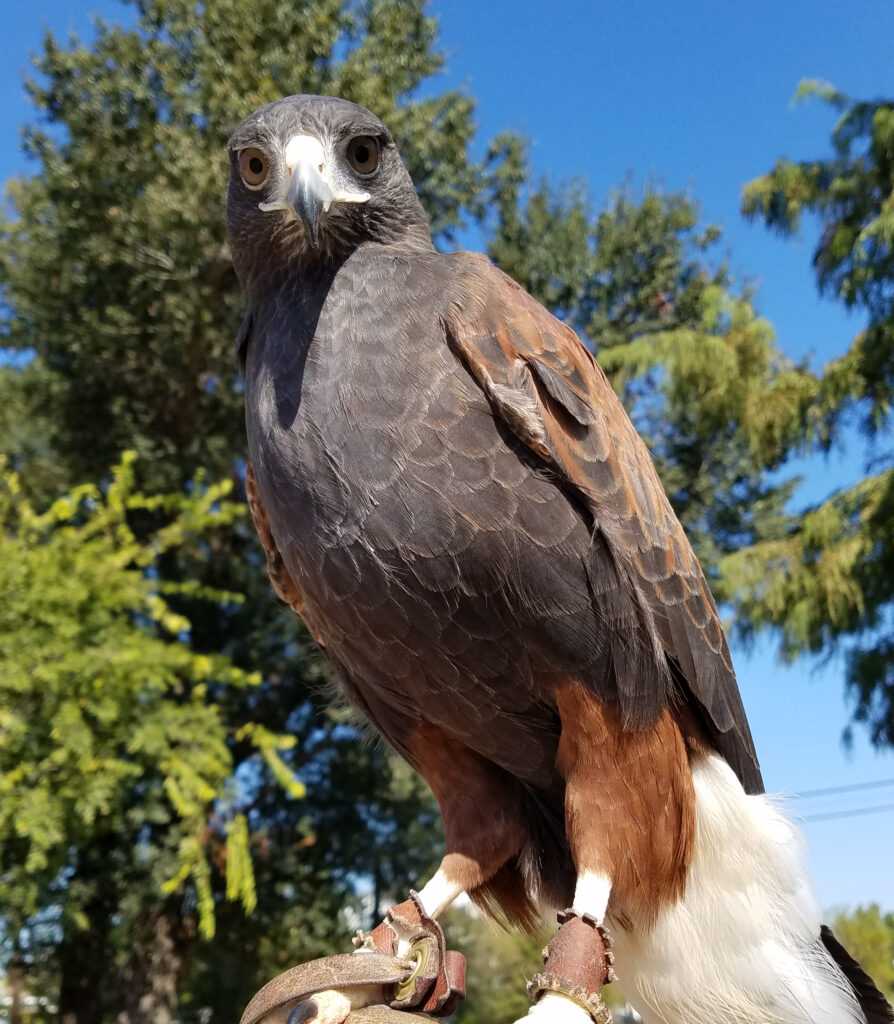
Harris’s Hawk
In 2011, a juvenile Harris’s Hawk was admitted to our Wildlife Center after falling out of its nest and sustaining a coracoid fracture. Sadly, by the time he arrived, the injury had healed incorrectly, leaving the hawk unable to fly well enough to survive in the wild. However, due to his early interaction with humans, the hawk was well-suited to become an ambassador. This particular hawk is frequently taken to off-site educational events, as he is not bothered by bustling environments.
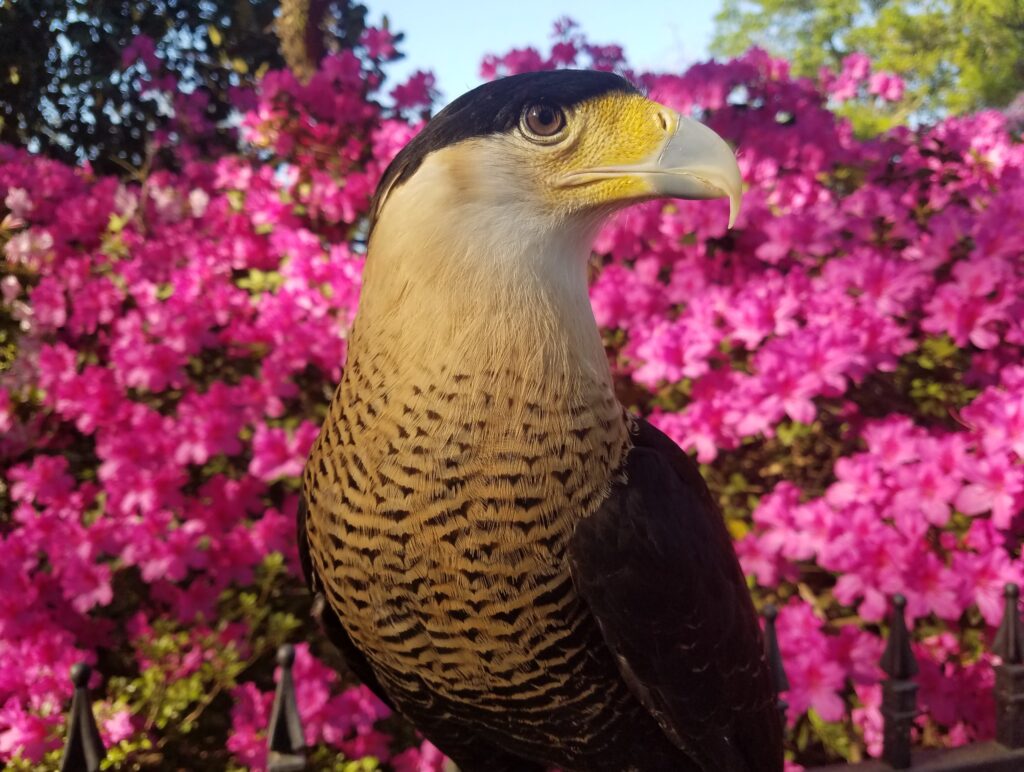
Northern Crested Caracara
The ambassador Crested Caracara was born at our Wildlife Center in April 2014. Due to a potential fire hazard, an energy company removed the Caracara eggs from his nest with permission from the US Fish and Wildlife Service. Although this ambassador matured strong and healthy, a birth defect in his feet made perching and tearing prey for food difficult. Consequently, the decision was made to keep the bird for educational purposes.
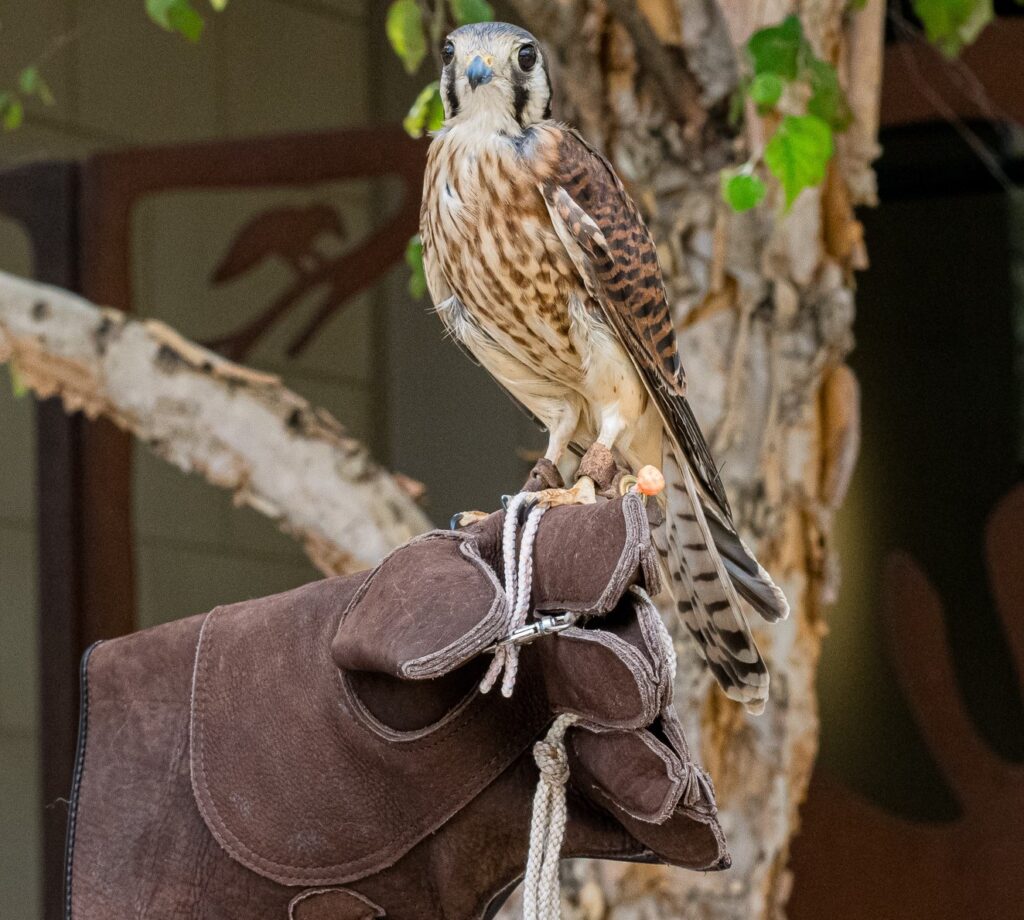
American Kestrel
This American Kestrel was found on the side of the road with a broken radius and ulna in her wing. Despite rehabilitation efforts at Texas A&M Veterinary Hospital, she was deemed non-releasable and joined our Wildlife Center’s ambassador program. She thrives in lively environments, frequently attending off-site educational events where she enjoys socializing with people. On campus she is often seen in the lobby, curiously watching visitors as they pass by.
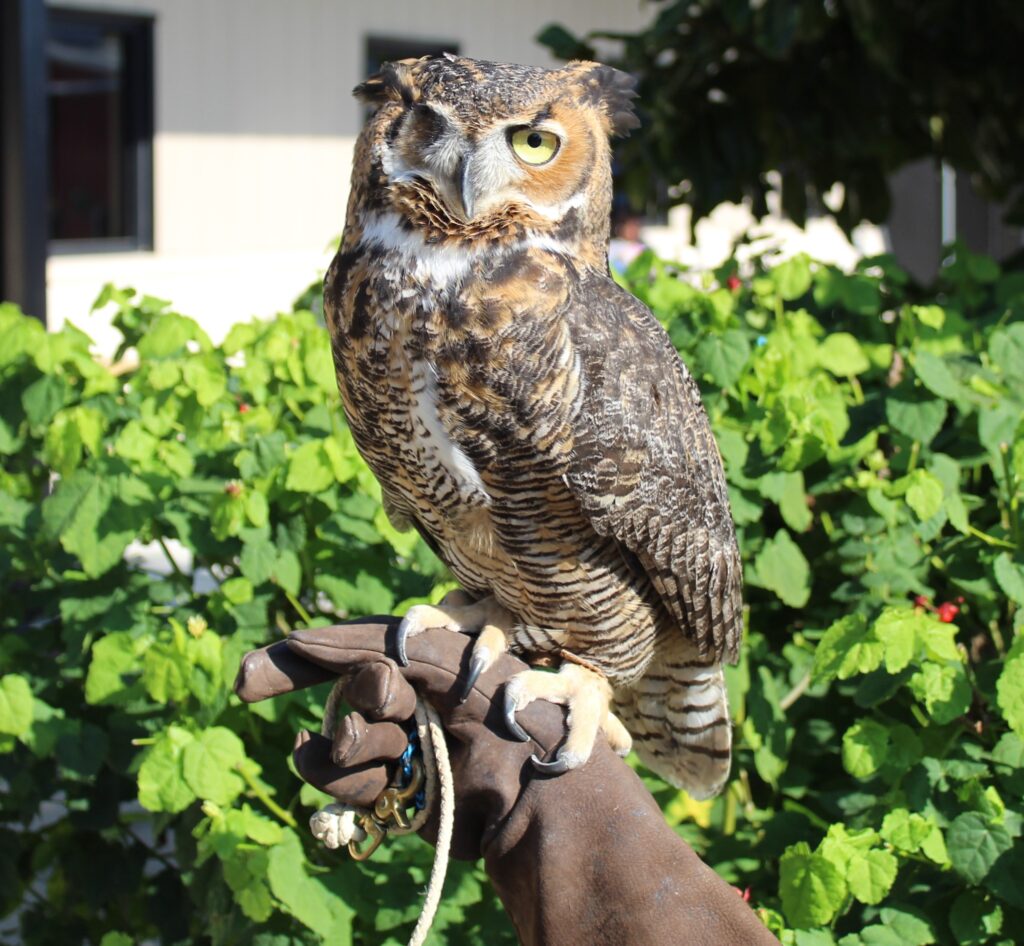
Great Horned Owl
The ambassador Great Horned Owl was brought to our Wildlife Center in 2024 as a nestling after being abandoned. This owl was born with a genetic abnormality in the left eye that was later determined to be non-functional. Due to constant drainage and potential infection, our trained veterinary staff decided to remove it. With impaired vision, this owl would not have been able to survive in the wild. Following a successful eye surgery, this Great Horned Owl has now joined our ambassador team.
